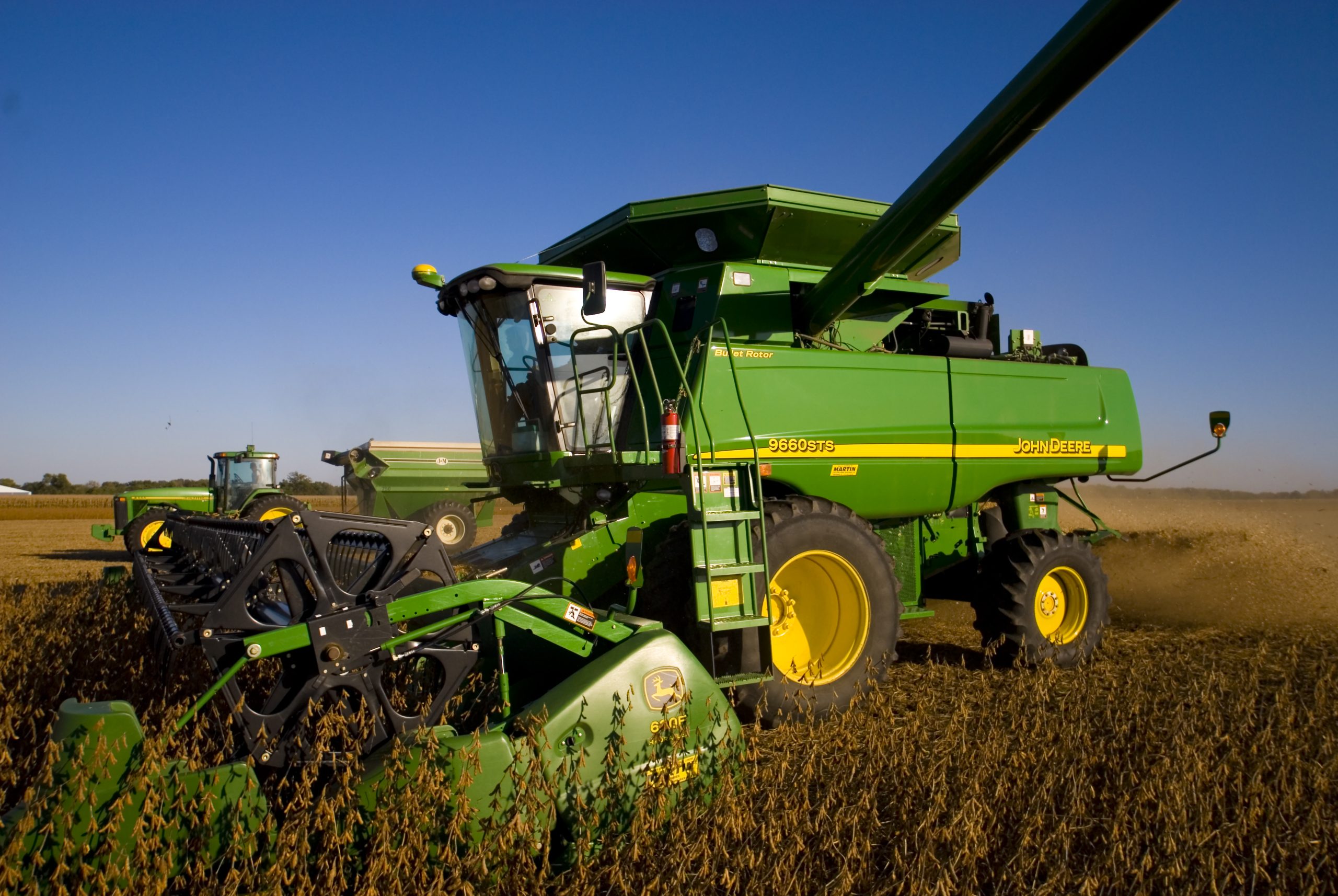It’s that time of year again. The combines are getting their final touches, the auger wagons are greased, and everyone’s got that look in their eye – the one that says “Harvest is COMING!”
Now, I know most of you have been running a combine since before you could drive. You know the hum of the engine, the feel of the controls, and the smell of fresh-cut grain. Setting that machine? It’s practically second nature. But let’s be honest, in the rush and excitement, sometimes we forget the little things, or we just get complacent. So, I figured it’d be a good idea to put together a little refresher, a sort of “mental checklist” to get us all thinking about what we need to do to make this harvest the best one yet. Because at the end of the day, leaving grain in the field is like leaving cash on the table, and nobody wants that.
A Harvest Refresher
We all know the drill. We climb in that cab, fire her up, and hit the field. But before you get to cruising, let’s just run through a few reminders to make sure every kernel makes it into the tank.
1. The Pre-Harvest Walk-Around: More Than Just Kicking Tires
I’m talking about more than just a quick glance. Get down and dirty, folks.
- The Manual Ain’t Just for Looks: Yeah, yeah, I know. It’s collecting dust. But for a few minutes, pull out that operator’s manual. Just a quick flip-through of the recommended settings for your specific crop and conditions can jog your memory and save you headaches later. It’s the manufacturer’s best advice, after all.
- Level Ground, Level Head: Before you touch a single adjustment, make sure your machine is on level ground. Sounds simple, but if you’re tweaking settings on a slope, those cleaning shoe adjustments won’t mean a thing once you hit flat land.
- Find the Worn Spots: Those rasp bars, concaves, sieves, chains – they’ve been working hard. Take a good look. A worn-out part isn’t just inefficient; it can cost you grain or cause breakdowns when you least need ’em. Replace what needs replacing.
- Zero Out & Calibrate: Double-check your in-cab display against the actual physical settings. Sometimes those sensors get a bit wonky. Make sure what the screen says is actually what the machine is doing.
2. Header Hustle: Don’t Lose it Before it’s In!
We all know the header can be the biggest culprit for loss. Getting it right is crucial.
- Height & Angle – The Goldilocks Zone: Too high, you leave grain. Too low, you’re eating dirt and straw. Find that sweet spot. And the angle? It’s all about smooth feeding. You want that crop flowing into the feeder house like a lazy river, not a raging waterfall.
- Reel Deal: Remember the old rule? Reel speed just a touch faster than ground speed – maybe 10-25%. And that reel position (forward/back and up/down) is crucial. You want it gently guiding the crop, not slapping it or shattering it before it hits the cutterbar.
- Corn Head Check-Up: For you corn guys, those gathering chains and snouts need attention. Proper chain speed and snapping roll/stripper plate spacing are key to getting those ears off without bouncing ’em or shelling kernels prematurely. A small gap for dry, brittle stalks; wider for tough, green ones.
3. Threshing Time: The Heart of the Harvest
This is where the magic happens, separating the good stuff from the trash.
- Rotor/Cylinder Speed – The Balancing Act: This is your primary control for threshing. Too slow, and you leave grain in the head. Too fast, and you’re cracking and damaging your kernels, turning good grain into dockage. Start with your manual’s recommendation and fine-tune.
- Concave Clearance – The Squeeze Play: This is the gap between your rotor and concave. Tighter for more aggressive threshing. The trick is to be just tight enough to get all the grain out, but not so tight you’re smashing it. It’s a delicate dance, often adjusting by just a hair.
My Two Cents: When in doubt, start a little wider on the concave and a little slower on the rotor. It’s easier to get more aggressive than to undo damage.
4. Cleaning Crew: Making it Shine
Once it’s threshed, it’s all about getting a clean sample.
- Fan Speed – The Gentle Breeze: Your cleaning fan is your best friend here. It blows away the light stuff (chaff, straw), letting the heavier grain fall through. Too little air, and your sample’s dirty. Too much, and you’re blowing good grain out the back like confetti at a parade.
- Sieve Settings (Chaffer & Shoe) – The Right Size Hole: Think of your sieves like a series of filters. They need to be open enough for the grain to drop through but closed enough to carry the larger material out. Adjust to the size of your specific crop’s kernel.
5. In-Field Checks: Don’t Be a Cab Jockey!
This is probably the most important reminder. You can’t set a combine perfectly from the driver’s seat.
- STOP AND LOOK! Seriously. Every few rounds, or when conditions change, get out.
- Behind the Combine: This is your report card. After the machine passes, step back, drop to your knees, and count. For corn, two kernels per square foot means you’re losing about a bushel per acre. For soybeans, four beans per square foot is roughly a bushel per acre. These aren’t perfect, but they’re darn good estimates for quick decisions. If you’re seeing more than that, it’s time to make a change.
- The Tailings Sample: What’s going back for re-threshing? If you’re seeing too much clean grain in there, something’s not right.
- Grain Tank Sample: Grab a handful from the tank. Look for cracks, splits, foreign material. This tells you if you’re being too aggressive or if your cleaning system isn’t up to snuff.
- One Adjustment at a Time: If you find a problem, don’t go twisting every knob. Make one small adjustment, run a bit, and check again. That’s how you learn what each setting does.
- Conditions Change, So Should You: The crop might be damp in the morning, dry out in the afternoon, or get tough again in the evening. Don’t be afraid to make small tweaks throughout the day. The best combine operators are constantly making micro-adjustments.
Wrapping It Up
Setting a combine isn’t just about getting the crop off; it’s about getting all the crop off, in good condition, and as efficiently as possible. We’ve all been there, pushing too hard, making a mistake, or just getting lazy. But with a little extra attention to these details, starting with a good pre-harvest check and constant in-field monitoring, we can make this harvest season one for the books.
Good luck out there, stay safe, and here’s to full grain carts!


Leave a Reply